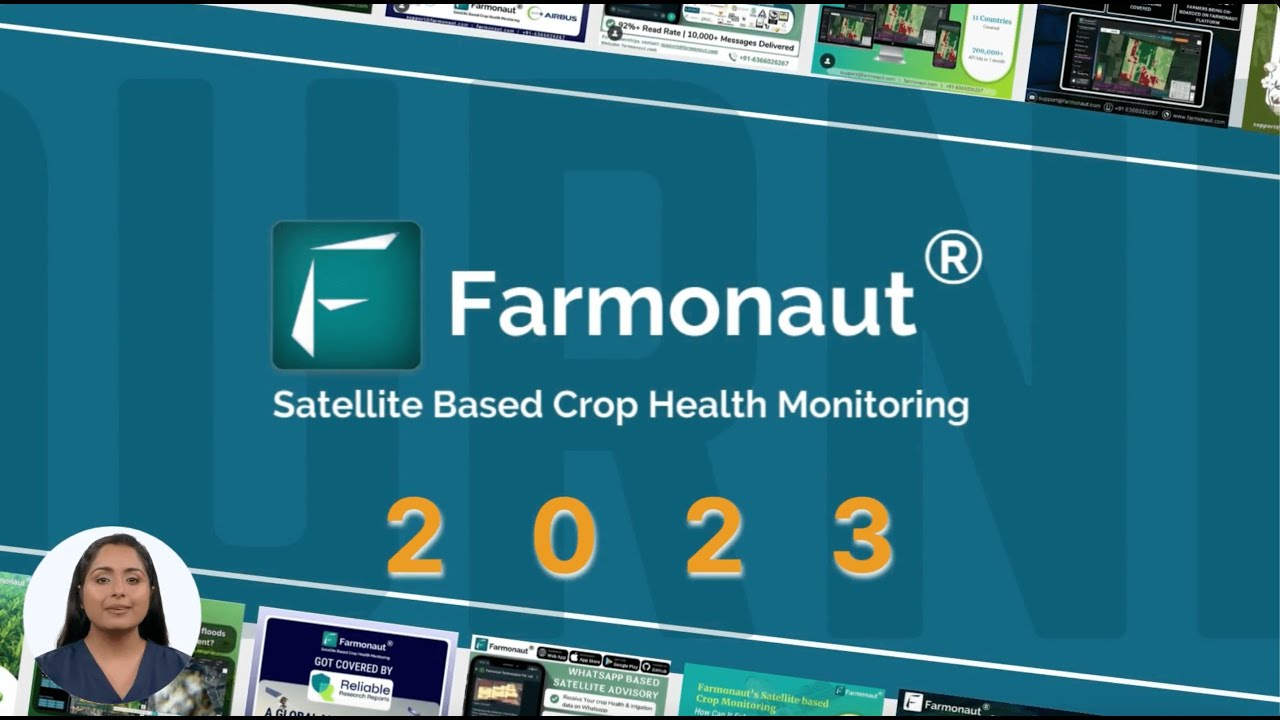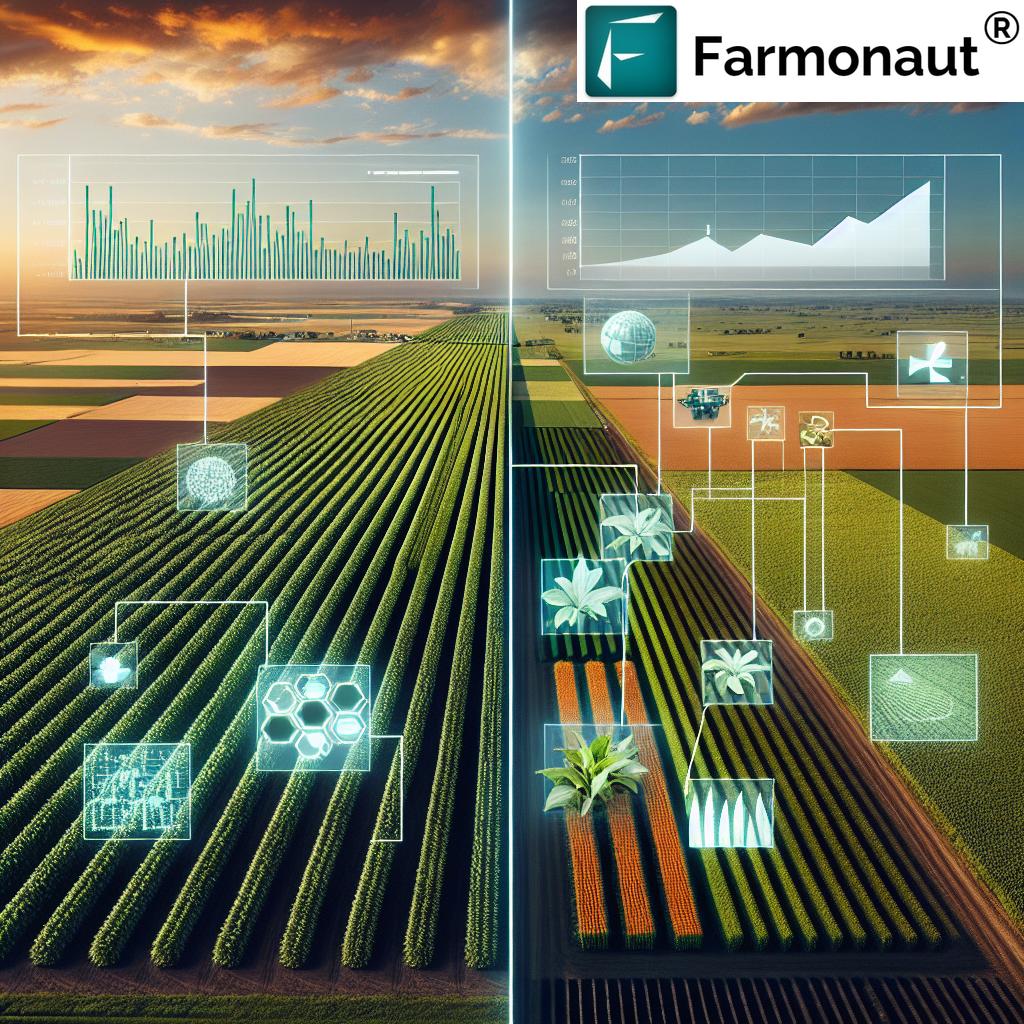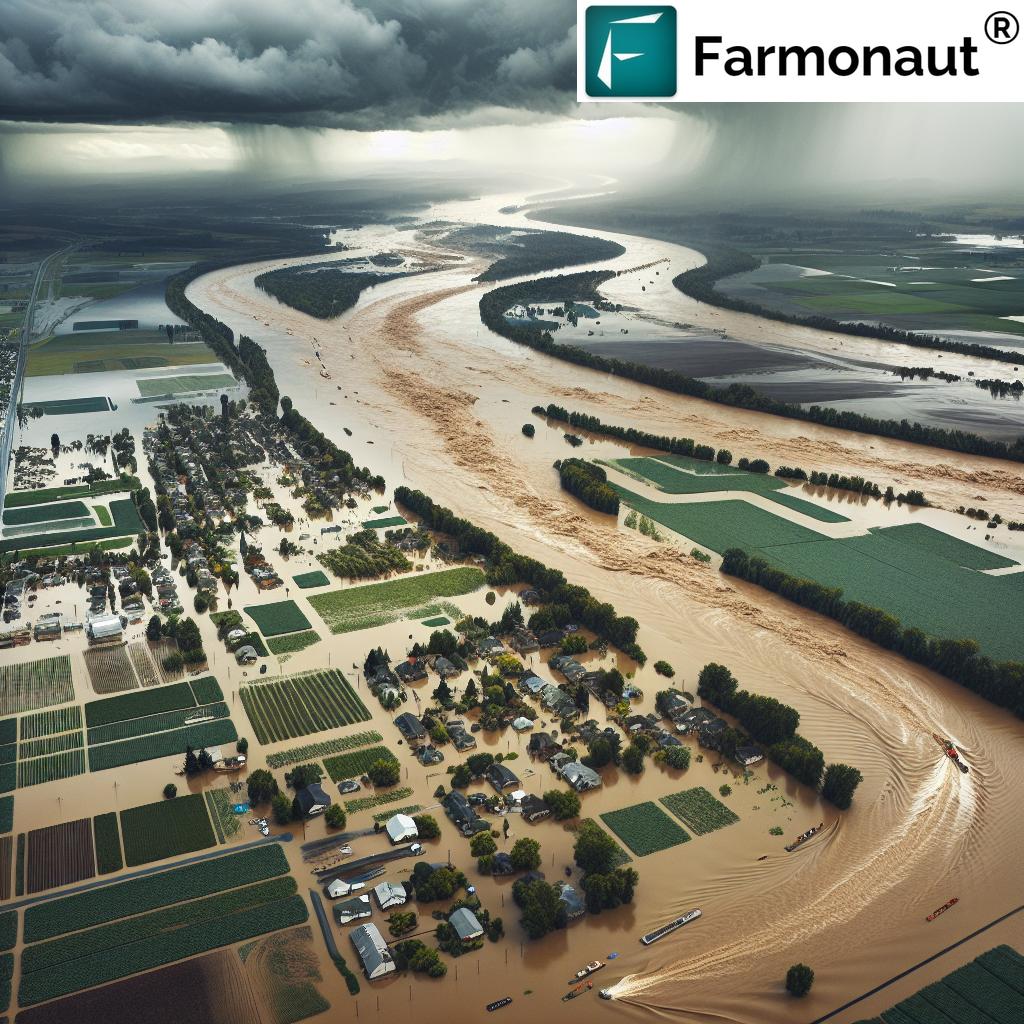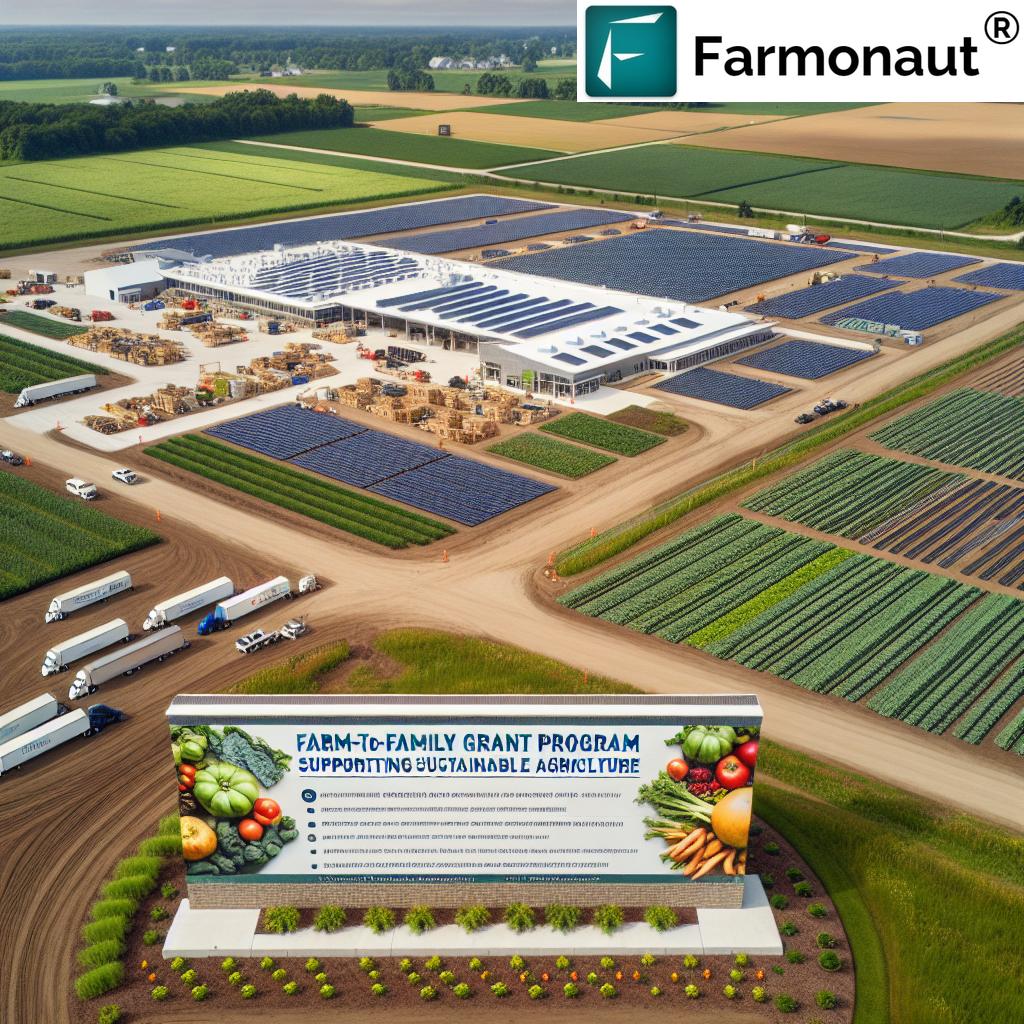Carbon Pipeline Controversy: South Dakota Farmers Battle Eminent Domain in Midwest Agriculture Industry
In the heart of America’s breadbasket, a fierce battle is unfolding between farmers and a multibillion-dollar carbon capture project. This controversy has ignited a firestorm of legal disputes, political upheaval, and unexpected alliances across the Midwest. At the center of this storm lies South Dakota, where landowners are fighting tooth and nail against what they see as an infringement on their property rights.
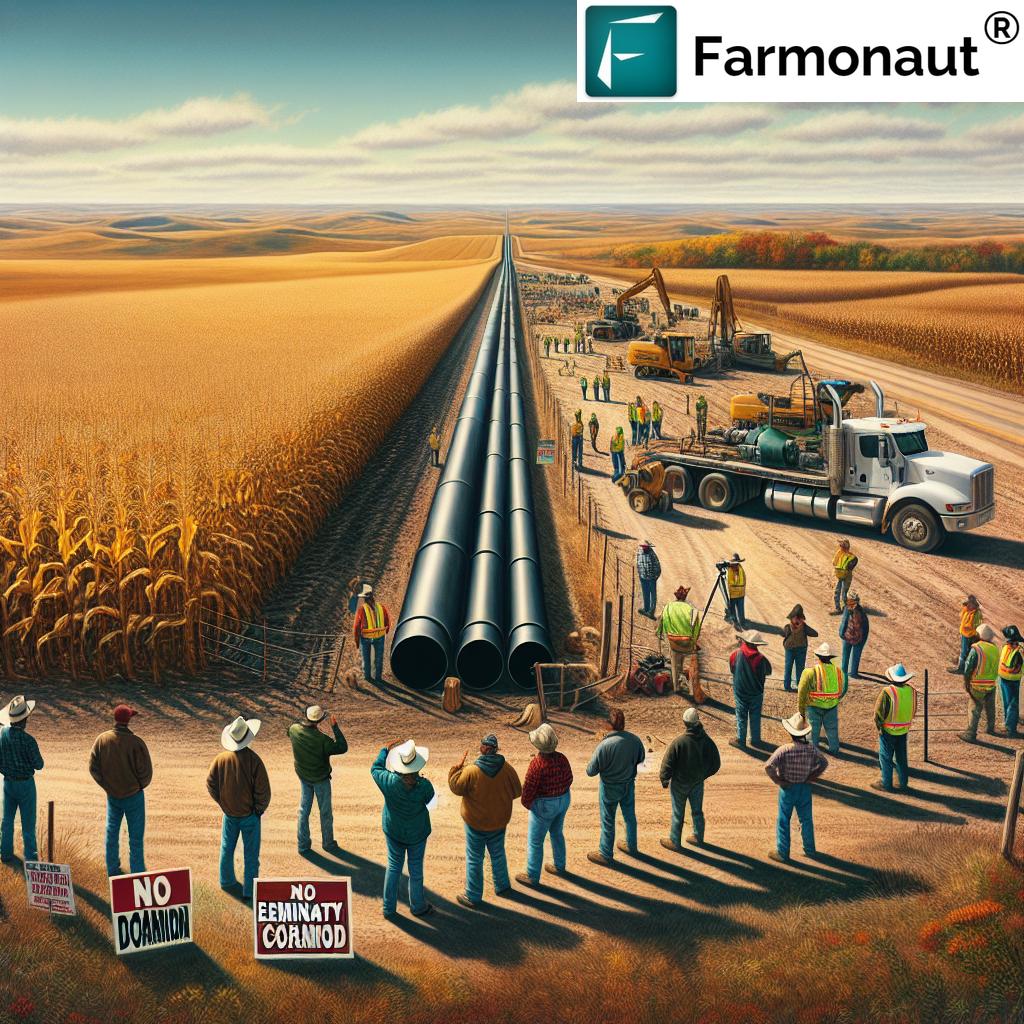
“South Dakota’s ban on eminent domain for CO2 pipelines affects over 2,000 miles of proposed carbon capture infrastructure.”
As we delve into this complex issue, it’s crucial to understand the far-reaching implications for the agriculture industry, climate change mitigation efforts, and the delicate balance between progress and property rights. Let’s explore how this controversy is reshaping the landscape of Midwest agriculture and the ethanol industry.
The Carbon Capture Conundrum
At the heart of this controversy lies Summit Carbon Solutions’ ambitious $9 billion pipeline project. Spanning five Midwest states, this 2,500-mile network aims to connect 57 ethanol plants, capturing and transporting carbon dioxide for underground storage in North Dakota. The project’s proponents argue that it’s a vital step in reducing carbon emissions and securing the future of the ethanol industry.
However, the path to realizing this vision has been fraught with challenges, particularly in South Dakota. The company’s aggressive land acquisition tactics and use of eminent domain have sparked fierce opposition from farmers and landowners who feel their rights are being trampled.
The Legal Battlefield
Our review of hundreds of legal cases reveals the extent of Summit’s efforts to secure land for the pipeline. In South Dakota alone, the company filed 156 eminent domain lawsuits against landowners. This legal onslaught, which saw 83 lawsuits filed in just two days in April 2023, has become a rallying point for opposition.
Jared Bossly, a South Dakota farmer, found himself at the center of this legal storm when he was served court papers while planting soybeans. “They started the process of suing us to take our land,” Bossly recounted, highlighting the personal impact of these legal actions on farming communities.
Aggressive Tactics and Landowner Resistance
Many landowners reported troubling encounters with Summit representatives. LeRoy Braun, a fifth-generation farmer, described being threatened with litigation if he refused to sign an easement agreement. Others, like Craig Schaunaman, alleged that armed security guards were present during land surveys, further escalating tensions.
These aggressive tactics have not only failed to win over landowners but have galvanized opposition across the state. Ed Fischbach, a farmer who helped organize the project’s opponents, noted, “That day really kicked our opposition movement into gear because that’s when we really got support from all over the state.”
Political Fallout and Legislative Action
The controversy has had significant political repercussions in South Dakota. In the 2024 primary elections, several incumbent lawmakers were ousted by candidates opposing the pipeline project. This shift in the political landscape led to the passage of a new law in March 2025, banning the use of eminent domain for carbon dioxide pipelines in the state.
This legislative action has thrown the future of Summit’s project in South Dakota into doubt. While the company has secured approvals in other states like Iowa and North Dakota, the South Dakota ban represents a significant setback.
The Ethanol Industry’s Stake
The carbon pipeline project is viewed by many in the Midwest ethanol industry as a potential economic boon. With nearly 40% of the nation’s corn crop used for ethanol production, the industry is seeking ways to remain viable in the face of increasing electric vehicle adoption. Carbon capture projects like Summit’s pipeline are seen as a way to reduce emissions and potentially open new markets, such as sustainable aviation fuel.
However, the controversy has created an unusual alliance between conservative farmers and environmentalists, both opposing the project for different reasons. This unexpected coalition highlights the complex interplay of economic, environmental, and property rights concerns at the heart of the issue.
Environmental Considerations and Carbon Footprinting
While the carbon pipeline project aims to reduce greenhouse gas emissions, it’s important to consider the broader environmental impact of agricultural practices. Carbon footprinting in agriculture is becoming increasingly crucial as the industry seeks to mitigate its environmental impact. Tools that help farmers monitor and reduce their carbon footprint can play a significant role in sustainable farming practices, regardless of the fate of large-scale carbon capture projects.

“The Midwest carbon pipeline controversy involves more than 5,000 landowners across multiple states, sparking numerous lawsuits.”
Impact on Local Communities and Farm Management
The carbon pipeline controversy has had a profound impact on local communities and farm management practices. Many farmers are now grappling with uncertainty about the future use of their land and the potential long-term effects of having a carbon dioxide pipeline running through their property.
This situation underscores the importance of efficient large-scale farm management tools that can help farmers adapt to changing circumstances and optimize their operations. As the agriculture industry faces new challenges, technologies that provide real-time insights and data-driven decision-making capabilities become increasingly valuable.
The Role of Technology in Modern Agriculture
Amidst this controversy, it’s clear that the agriculture industry is at a crossroads. As farmers face pressures from environmental concerns, market changes, and infrastructure projects like the carbon pipeline, many are turning to technology for solutions.
Advanced farm management platforms that utilize satellite imagery and AI can provide farmers with valuable insights into crop health, soil conditions, and resource management. These tools can help farmers make informed decisions about their operations, potentially mitigating some of the uncertainties brought about by large-scale projects and policy changes.
Traceability and Trust in Agriculture
The carbon pipeline controversy has highlighted issues of trust between large corporations and local farmers. In this context, traceability solutions in agriculture become increasingly important. Blockchain-based traceability can provide transparency in agricultural supply chains, helping to build trust between producers, consumers, and other stakeholders in the industry.
Financial Implications for Farmers
The ongoing legal battles and uncertainty surrounding the carbon pipeline project have potential financial implications for farmers. Many are concerned about the impact on property values and the costs associated with legal challenges.
In this challenging environment, access to financial tools and services tailored to the agricultural sector becomes crucial. Crop loan and insurance solutions that utilize satellite-based verification can help farmers secure financing and manage risk, providing a measure of stability in uncertain times.
The Future of Midwest Agriculture
As the carbon pipeline controversy continues to unfold, it’s clear that the future of Midwest agriculture is at a pivotal juncture. The clash between the need for climate change mitigation and the protection of property rights is likely to shape agricultural policy and practices for years to come.
Farmers and agricultural businesses will need to adapt to these changing circumstances, potentially embracing new technologies and management practices to remain competitive and sustainable. Solutions that offer comprehensive farm management capabilities, from fleet management to crop health monitoring, will be essential in navigating this evolving landscape.
Comparative Analysis: Carbon Pipeline Project Impact
| State | Proposed Pipeline Miles | Estimated Affected Landowners | Legal Status of Eminent Domain | Notable Opposition Groups |
|---|---|---|---|---|
| South Dakota | 469 | 1,100+ | Banned for CO2 pipelines | Dakota Rural Action, South Dakotans Against CO2 Pipelines |
| Iowa | 681 | 2,000+ | Allowed, with restrictions | Iowa Citizens for Community Improvement, Food & Water Watch |
| Nebraska | 250 | 500+ | Under review | Bold Nebraska, Nebraska Easement Action Team |
| North Dakota | 320 | 800+ | Allowed | North Dakota Landowners Association |
| Minnesota | 28 | 100+ | Allowed, with restrictions | Minnesota Farmers Union |
Conclusion: Navigating the Crossroads of Agriculture and Climate Action
The carbon pipeline controversy in South Dakota and across the Midwest represents a critical juncture for the agriculture industry. It highlights the complex challenges of balancing climate change mitigation efforts with property rights and local community interests. As this issue continues to evolve, it’s clear that innovative solutions and adaptive strategies will be crucial for farmers and agricultural businesses.
The ban on eminent domain for carbon dioxide pipelines in South Dakota may have stalled Summit Carbon Solutions’ project in the state, but it has also sparked a broader conversation about the future of agriculture and energy policy in the region. This controversy serves as a reminder of the importance of engaging local communities and stakeholders in large-scale infrastructure projects that affect rural areas.
Moving forward, the agriculture industry will likely see an increased focus on sustainable practices, technological innovation, and collaborative approaches to addressing climate change. Farmers and agribusinesses that embrace these changes and utilize advanced management tools will be better positioned to thrive in this evolving landscape.
As we continue to monitor this situation, it’s clear that the outcomes of this controversy will have far-reaching implications not just for the Midwest, but for the future of agriculture and climate policy across the United States.
FAQ Section
- What is the carbon pipeline project?
The carbon pipeline project is a $9 billion initiative by Summit Carbon Solutions to build a 2,500-mile network connecting 57 ethanol plants across five Midwest states. The goal is to capture and transport carbon dioxide for underground storage in North Dakota, reducing carbon emissions from ethanol production. - Why are farmers opposing the pipeline?
Many farmers are opposing the pipeline due to concerns about property rights, land use, safety, and the use of eminent domain to acquire land for the project. They argue that the pipeline could disrupt their farming operations and potentially decrease property values. - What is eminent domain, and how does it relate to this controversy?
Eminent domain is the power of the government to take private property for public use with just compensation. In this case, Summit Carbon Solutions sought to use eminent domain to acquire land for the pipeline, which many landowners viewed as an overreach and infringement on their property rights. - How has South Dakota responded to the pipeline project?
South Dakota has passed legislation banning the use of eminent domain for carbon dioxide pipelines, effectively halting Summit’s project in the state. This action came after significant opposition from farmers and landowners, and changes in the state’s political landscape. - What are the potential benefits of the carbon pipeline project?
Proponents argue that the project could significantly reduce carbon emissions from ethanol production, helping to combat climate change. It could also potentially secure the future of the ethanol industry by making it more environmentally friendly and opening new markets, such as sustainable aviation fuel. - How might this controversy affect the future of agriculture in the Midwest?
This controversy could lead to changes in how large-scale infrastructure projects are implemented in agricultural areas. It may also accelerate the adoption of sustainable farming practices and technologies that help farmers reduce their carbon footprint without relying on external infrastructure. - What role does technology play in addressing these agricultural challenges?
Technology, such as satellite-based farm management systems, AI-driven advisory tools, and blockchain-based traceability solutions, can help farmers optimize their operations, reduce environmental impact, and adapt to changing market conditions and regulatory landscapes. - How does this controversy relate to broader climate change mitigation efforts?
The carbon pipeline project represents one approach to reducing greenhouse gas emissions from agriculture and industry. The controversy highlights the challenges of implementing large-scale climate solutions and the need to balance environmental goals with local interests and property rights. - What are the alternatives to large-scale carbon capture projects like this pipeline?
Alternatives include on-farm carbon sequestration practices, such as no-till farming and cover cropping, as well as the adoption of renewable energy sources for ethanol production. Some argue for a shift away from corn-based ethanol towards more sustainable biofuels or electric vehicles. - How can farmers protect their interests in the face of such large-scale projects?
Farmers can protect their interests by staying informed about their legal rights, participating in local and state government processes, joining or forming advocacy groups, and exploring technologies and practices that increase their farm’s efficiency and sustainability independently of external infrastructure projects.
Earn With Farmonaut
Earn 20% recurring commission with Farmonaut’s affiliate program by sharing your promo code and helping farmers save 10%. Onboard 10 Elite farmers monthly to earn a minimum of $148,000 annually—start now and grow your income!
Access Farmonaut’s Solutions
Explore Farmonaut’s innovative agricultural solutions:
For developers interested in integrating Farmonaut’s satellite and weather data into their applications, check out our API and API Developer Docs.




